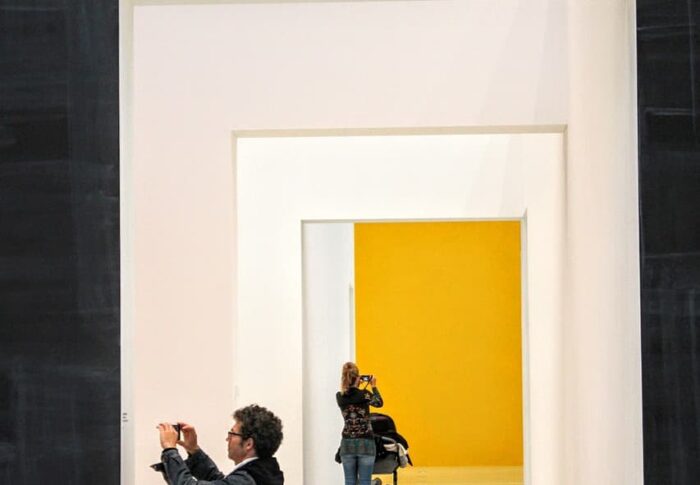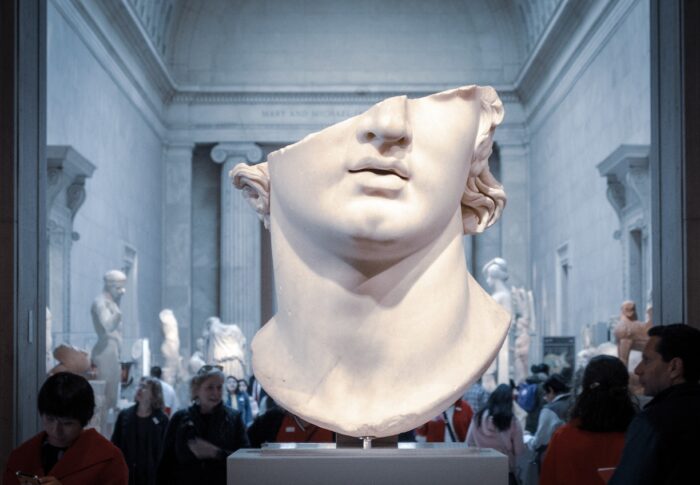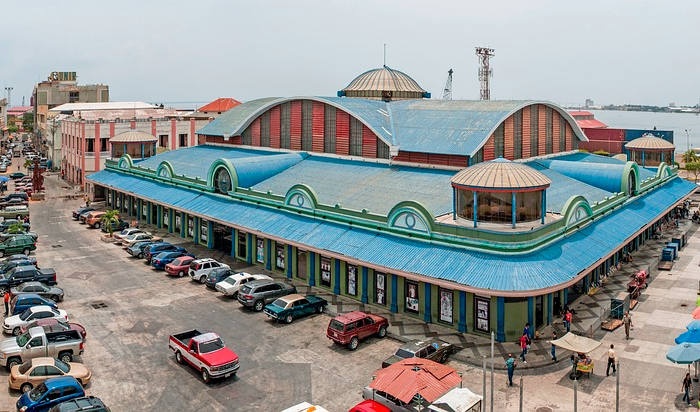
The Fascinating History of Museums: A Journey Through Time
Step into the world of museums and explore the rich history behind these revered cultural institutions. Dive deep into the origins, transformations, and future of museums, while discovering the most famous museums worldwide. In this blog post, we’ll provide an engaging and comprehensive overview of museum history, sprinkled with captivating stories and intriguing facts.
Table of Contents
- Ancient Museums
- The Birth of the Modern Museum
- Famous Museums Around the World
- The Future of Museums
1. Ancient Museums: The Origins of Cultural Preservation
Long before the modern concept of museums, ancient civilizations had their own ways of preserving art, artifacts, and knowledge. Here, we’ll explore the earliest precursors of museums.
The Royal Library of Ashurbanipal
One of the world’s first known libraries, the Royal Library of Ashurbanipal, was established in the 7th century BCE in present-day Iraq. Housing thousands of clay tablets inscribed with cuneiform script, the library showcased the wisdom and knowledge of the Assyrian Empire.
The Musaeum of Alexandria
Founded by Ptolemy I Soter in the 3rd century BCE, the Musaeum of Alexandria was a center for learning and research in ancient Egypt. This scholarly institution included a library, lecture halls, and gardens, and it is said to have housed the works of prominent philosophers and scholars, such as Euclid and Archimedes.
2. The Birth of the Modern Museum: Enlightenment and Beyond
The modern concept of museums emerged during the Age of Enlightenment. Here, we’ll explore the pivotal moments that shaped the evolution of museums as we know them today.
The Capitoline Museums
Established in 1471 by Pope Sixtus IV, the Capitoline Museums in Rome marked the birth of the public museum. Housing a collection of ancient Roman sculptures, the museum was designed to educate and inspire the public.
The British Museum
In 1753, the British Museum was founded by an Act of Parliament, making it the first national public museum in the world. Its collections, which included the books and manuscripts of Sir Hans Sloane, were intended to be accessible to all “studious and curious persons.”
The Louvre
In 1793, during the French Revolution, the Louvre was opened to the public as a museum, showcasing the royal collections and seized art from the aristocracy. The museum was a symbol of the new republic, making art and culture accessible to the general public.
3. Famous Museums Around the World: A Tour of Iconic Institutions
Let’s take a virtual tour of some of the most famous museums worldwide, highlighting their unique histories and collections:
- The Louvre, Paris: Home to the iconic Mona Lisa, the Louvre boasts an extensive collection of Western art, from the Middle Ages to 1848, as well as ancient Eastern, Egyptian, and Greek art.
- The Metropolitan Museum of Art, New York: Commonly known as the Met, this museum houses over two million works spanning 5,000 years of art history, from ancient Egyptian artifacts to contemporary masterpieces.
- The Vatican Museums, Vatican City: Established by Pope Julius II in the early 16th century, the Vatican Museums showcase an immense collection of art, including the renowned Sistine Chapel ceiling painted by Michelangelo.
- The Uffizi Gallery, Florence: Established in 1581, the Uffizi Gallery houses an unparalleled collection of Renaissance art, including masterpieces by Leonardo da Vinci, Michelangelo, and Botticelli.
4. The Future of Museums: Embracing Technology and New Experiences
As we look towards the future, museums are continuously evolving to embrace technology and create immersive experiences for their visitors. Here are some exciting trends shaping the museums of tomorrow:
- Virtual Reality (VR) and Augmented Reality (AR): Cutting-edge technologies like VR and AR are being integrated into museum exhibits, allowing visitors to engage with art and artifacts in unprecedented ways.
- Interactive Exhibits: Museums are increasingly using interactive displays and multimedia installations to create more engaging and educational experiences for their visitors.
- Online Collections and Digital Archives: Museums are digitizing their collections, making art and artifacts accessible to a global audience through online platforms and virtual tours.
- Sustainable Practices: Museums are adopting environmentally friendly practices, such as energy-efficient lighting and climate control systems, to minimize their ecological impact.
The history of museums is a fascinating journey through time, reflecting the values and aspirations of societies across the ages. As museums continue to evolve and adapt to new technologies, they remain vital cultural institutions that preserve our shared heritage and inspire future generations.
In conclusion, the world of museums has come a long way since its ancient beginnings. Museums today offer a rich and diverse experience, showcasing art, artifacts, and knowledge from various cultures and time periods. As we look towards the future, we can expect museums to continue evolving, embracing new technologies and innovative practices to engage, educate, and inspire visitors worldwide.




